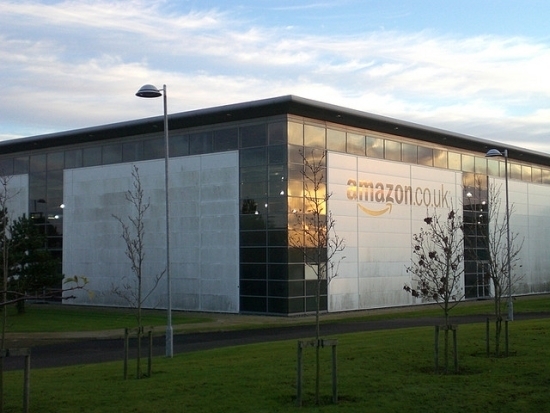After the best on-line Christmas sales ever, one of Britain’s leading accountants has warned that a distribution blue print is vital for continued growth.

Traditional retail sales increased by just 0.4 per cent from December, 2012, but internet purchases rose by almost 20 per cent — with one in five non-food products bought online. And that, claims the British Retail Consortium (BRC), was because of farsighted investment in retail websites and improved delivery times.
Online trading in general represented 18.6 per cent of total non-food sales for the final month of 2013, compared with 16.5 per cent the previous year.
Attributed to the ongoing popularity of smartphones and tablets, the BRC’s director general Helen Dickinson said the figures represented a “respectable overall result” and was in line with the group’s prediction for Christmas trading in 2013. “They also reflect that while confidence levels were higher than the previous year, this wasn’t always matched by more money in pockets,” she added.
The latest e-trading figures coincide with a Deloitte report that warns: “The speed at which goods can make the journey from warehouse to doorstep is emerging as a major battleground. To improve service, next-day delivery is now commonplace, with options to place an order late the night before — or even the same day as delivery — now required to stand out from competitors.”
In its UK Real Estate Prediction 2014, the global accountants say that online selling is an extremely challenging and competitive marketplace in which to operate.
“A crucial difference from physical stores is the far greater ease with which consumers using the internet can compare prices. Competing on price alone is therefore much harder, and so customer service and convenience have become critical points of differentiation,” says the report.
The key to winning the “e-fulfilment battle” is an efficient and strategically placed network of distribution hubs. Many retailers are hampered by infrastructures designed before the internet to keep stores supplied with regular bulk deliveries. That, says Deloitte, must change.
“In recent years, many retailers have driven efficiencies by using fewer, but larger distribution centres. Indeed, the consolidation of multiple regional warehouses into a smaller number of national facilities is a trend that is still ongoing and evolving for some distributors. However, retailers with a small number of large national distribution centres will struggle to make rapid, cost-effective, deliveries across the country unless they combine these with smaller hubs located near to large conurbations,” the report says.
“Many of the UK’s retailers and e-fulfilment specialists are now acutely aware of the need for urban distribution hubs, and the second half of 2013 saw a flurry of leasing activity on distribution facilities close to major cities. This demand is only set to build as online operations escalate and pressure on delivery times intensifies.”
For most companies realigning themselves for online sales there is likely to be a shortage of well-located and appropriate premises, with 2014 forcing rents up and yields down.